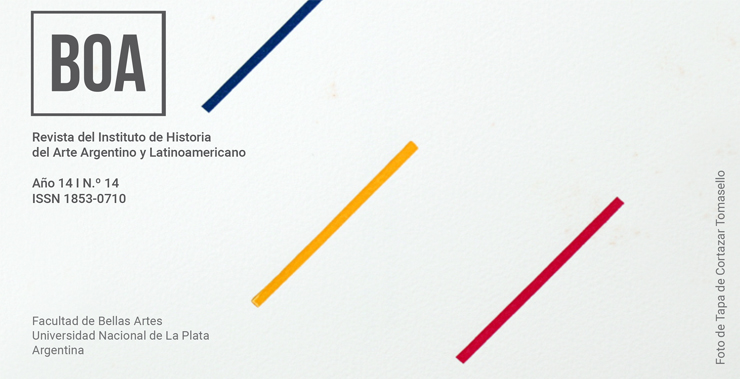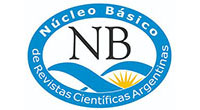Estereotipos en la imagen del indígena chaqueño. Un pasaje de la pintura a la fotografía
Keywords:
Indígena chaquense, pintores viajeros, dispositivo fotográfico, etnografíaAbstract
El presente artículo aborda las implicancias entre algunas convenciones en la representación del indígena chaquense y diversas significaciones presentes en el imaginario de la nacionalidad argentina entre 1700 y 1930. Los casos son analizados según testimonios y anotaciones que dan cuenta de una mirada que considera a los pueblos originarios como un otro cultural. El análisis presta especial atención al pasaje de un medio visual a otro ya que, con el advenimiento de las primeras fotografías etnográficas, se mantuvieron muchos temas de encuadre y convenciones de la pintura. Un par de décadas después, las tomas con rasgos exóticos fueron recreadas en postales y en magazines para el consumo metropolitano. Este fue un importante antecedente en la instalación de una imagen estereotipada del indígena en nuestro país.Downloads
Downloads
Published
How to Cite
Issue
Section
License
According to these terms, the material can be copied and redistributed by any means or in any format as long as a) the author and original source of the publication are quoted (magazine and URL of the work), access to the license is provided and whether changes have been made is mentioned; and b) the material is not used for commercial purposes.
The cession of non-exclusive rights means that after the publication (post print) in Boletín de Arte the authors can publish their work in any language, means and format; in such cases it must be mentioned that the material was originally published in this magazine.
Such cession also means the authorization of the authors for the work to be collected by SEDICI, the institutional archive of the National University of La Plata, and to be spread in the databases that the editorial team considers appropriate to increase the visibility of the publication and its authors.
Moreover, the magazine encourages the authors to deposit their productions in other institutional and thematic archives under the principle that offering the society the scientific and academic production without any restrictions contributes to a greater exchange of the global knowledge.
































